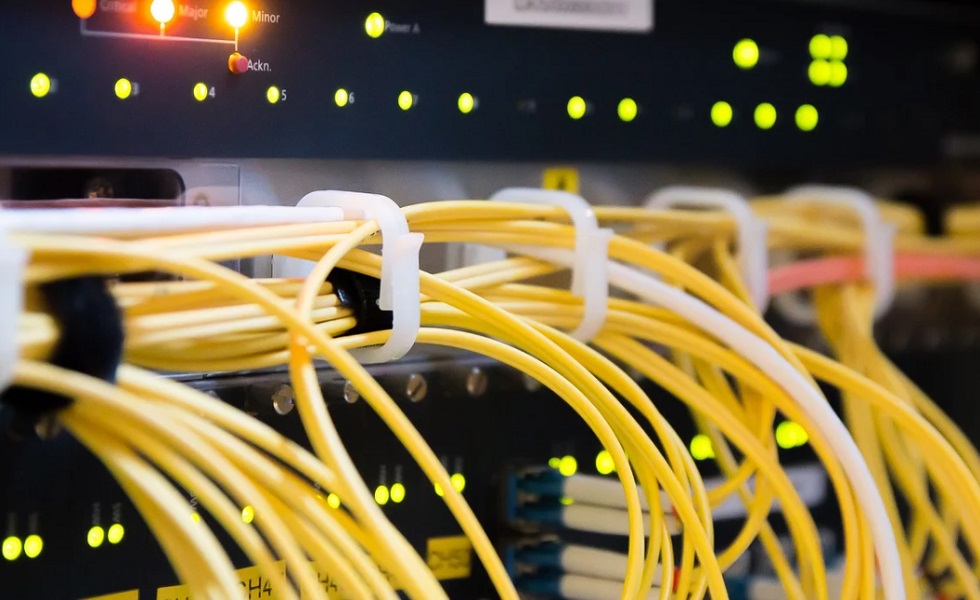Swissquote Bank: Chip rally changes hand

By Ipek Ozkardeskaya, Senior Analyst, Swissquote Bank
Nvidia revealed its Q2 results yesterday after the closing bell and the numbers were, again, very impressive. The company made $46.7bn in revenue last quarter, broadly in line with expectations – and that without selling any H20 chips to China due to export restrictions. The profit margin climbed back above the 70% mark, and the company guided for $54bn in revenue this quarter – still excluding China, where the outlook remains complicated.
Not only is the US government willing to take 15% of Nvidia’s revenue there, but Chinese buyers are reluctant to purchase American chips. That doesn’t mean Nvidia will never sell to China again – on the contrary, CEO Jensen Huang said that selling Blackwell to China is a real possibility. But for now, the company has the luxury of ignoring that opportunity. And note: $54bn in revenue without China would mean a 15% jump in just one quarter. The numbers are gigantic.
Still, they weren’t as gigantic as the most bullish estimates. Nvidia’s revenue grew by 56% YoY last quarter, but the growth rate – especially in data centers – slowed sequentially. That explains why Nvidia’s stock price fell more than 3% in after-hours trading. Even the announcement of a $60bn share buyback failed to spark a rally.
So this is where we are. The rising concern that Nvidia’s earnings growth is slowing hints at a potential saturation point in AI-related holdings and the risk of a correction. S&P 500 futures are slightly down this morning after the index hit a fresh ATH ahead of Nvidia earnings, while Nasdaq futures trade about 0.25% lower at the time of writing. Yesterday’s optimism – and today’s muted reaction – may owe more to the significant downside move in the US 2-year yield, which reflects rising expectations for Federal Reserve (Fed) cuts amid political attacks on Fed officials. The 2-year now yields 3.60% versus around 4% before the latest jobs data. The 10-year sits just above 4.20%, and even the 30-year looks softer this morning. The latter could help temper fears of slowing AI spending post-Nvidia.
In China, it’s a different story. Cambricon, a Chinese chipmaker, announced a 44-fold jump in revenue compared to last year. It swung from a half-billion yuan loss to a one-billion yuan profit in just one year, with customers like Alibaba, DeepSeek, ByteDance and Didi. Beijing is encouraging tech giants to buy local chips to reduce reliance on US suppliers. Unsurprisingly, Cambricon’s shares gained 7% after the results and are up 180% since mid-July. But caution: at the current valuation, Cambricon trades on a PE ratio of 514, compared to Nvidia’s 52. If you find Nvidia expensive, Cambricon is ten times pricier on earnings. Another Chinese chipmaker, SMIC, rose 8% today and trades at a PE of 110.
In summary, speculative chip bets are shifting toward Chinese names. There’s certainly more opportunity in established players like Alibaba, which trades at relatively lower multiples than US peers. And frankly, if the valuation gap is due to government risk, well – US government risk has risen enough to justify some convergence.
Speaking of governments, Mexico just announced higher tariffs on Chinese imports to please Trump, while India faces the tough reality of 50% tariffs on exports to the US for refusing to cut cheap Russian oil purchases. That puts India’s ambition of becoming America’s “backyard factory” at risk. The Nifty 50 is again under pressure as its latest rally lost steam. But note: only 9% of Nifty 50 revenue comes from the US, and Washington wants more production brought back home anyway. India may have more to lose from giving up cheap energy than from giving up some US export demand. Domestic support from the Reserve Bank of India (RBI) and government could bolster local equities.
In Europe, French political shenanigans remain in focus, now joined by rising disputes in the Netherlands over Gaza. While the Dutch tensions have little market impact – they’re seen as purely political – the French situation hits markets directly because it ties into the country’s rising debt. Opposition parties are blocking François Bayrou’s plan to rein in the deficit. That pushed the 10-year French-German sovereign bond spread above 80bp, the highest since January. Some warn it could widen to 100bp if the French government collapses, along with hopes of narrowing the deficit. The widening spread is likely to cap the euro’s upside against a broadly softer US dollar. In the end, it may come down to which currency looks less appealing amid rising debt concerns. Right now, the US looks more troubling.
Today brings the latest US GDP update, and tomorrow the Fed’s preferred inflation gauge. With Nvidia earnings behind us, those numbers could take center stage.
